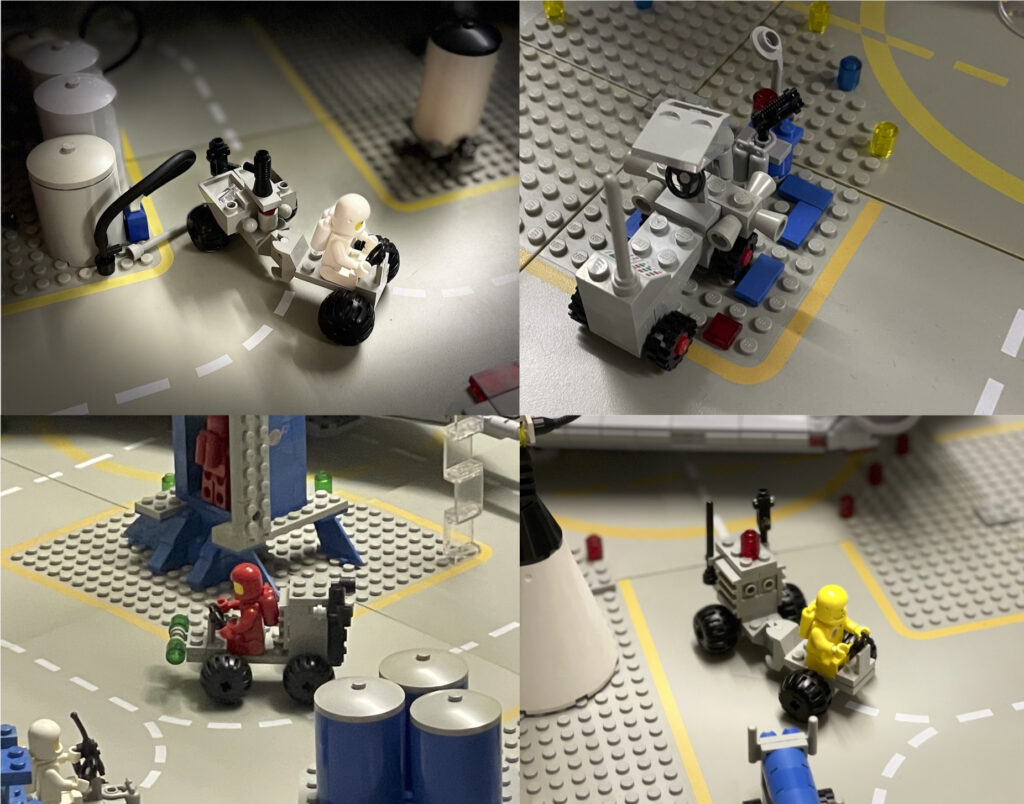The Epsilon-Base is based on the same basic concept as the Delta station (large central command station instead of many distributed units) and went into operation about 6 months ago. Epsilon is located on Tau-Ceti e and has in addition to the Delta Station on Trappist-1e also the task to make LD spacecraft ready for their journey.
A short interview with me at SteinCHenwelt 2022 can be seen here, many thanks to Thome. By the way, the interview is right at the beginning:
At the Epsilon-Base, the twin ship of the first LD-2307-XR is currently being prepared for its 5-year voyage and thus two ships of the LD-2307 series will soon be in service.
Around this core mission, a maintenance operation has been established to keep the exploration fleet in good condition for their exploration flights in the Tau-Ceti system. Because of Tau-Ceti’s proximity to the solar system, no major research facility will be created; the central command station will serve as both an operations center and a research station.
Epsilon-Base – The Nucleus
Command center
The command centers on Delta and Epsilon are almost identical in construction and are based on the “Star Base” model, although not configured as a space station. But here, too, there are crewquarters, meeting rooms, the command center, laboratories and instruments to look at the star and astronomy. From here, the operation of Epsilon is controlled and the various exploration missions are coordinated and scientifically supervised.
Unfortunately, a construction manual is not available
As it is easy to see the Command Center / Star Base is based on the fabulous Set 75159, the Death Star.
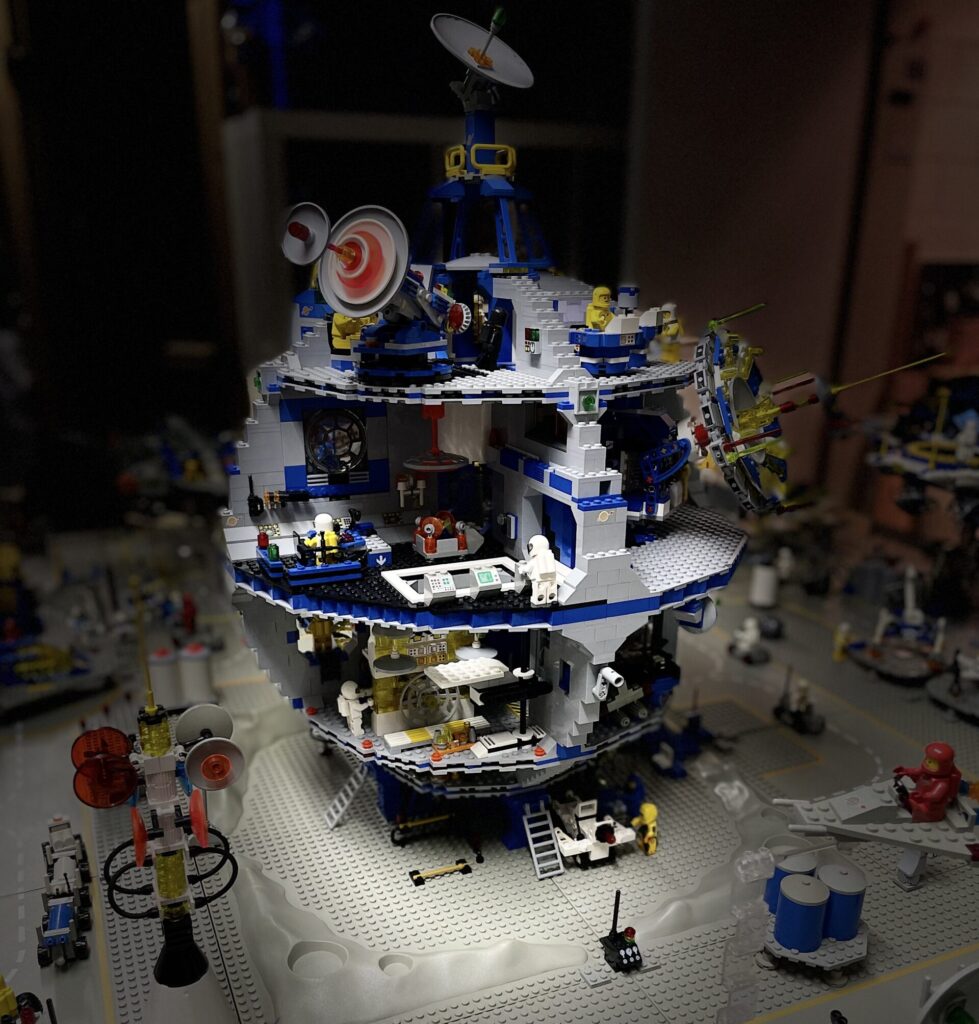
The LD-class starship on Tau Ceti e is an exact copy of the first ship that left Delta Station 3 months ago. For cost reasons, the decision was made to build a replica in order to be able to quickly launch another 5-year mission. At the moment the instruments are being calibrated and the propulsion units are being adjusted. One is confident that this spacecraft will also set off on its journey in about 3 months.
The LD-2307-XR has been built using the Set 76042 – The SHIELD Helicarrier – as a template
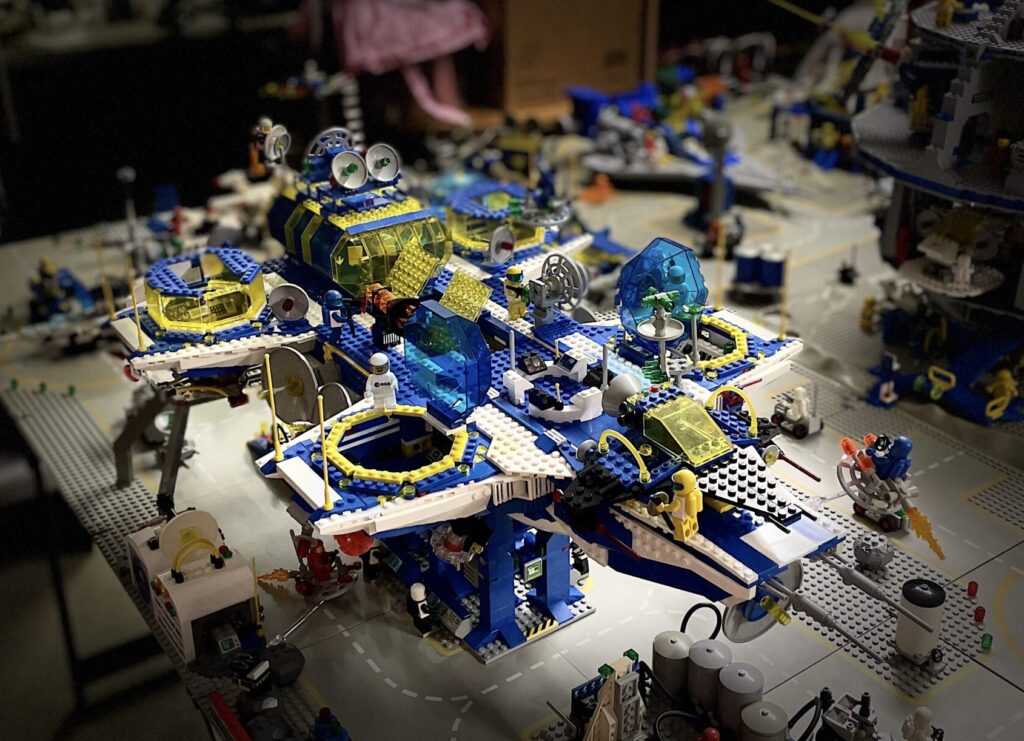
Deployment LD class
The LD-class staging facility consists primarily of the dry dock, the engine calibration facility, a dedicated spare parts storage facility, and the planetary laboratory staging facility.
Dry dock LD-2307
The dry dock connects directly to the LD spacecraft and via the diagnostic station the individual instrument and on-board systems can be updated with the latest software, checked and calibrated. Likewise, the computer system is programmed from here, the navigation units are adjusted, the main laboratory on board is commissioned and tested … The dry dock is the heart of the staging facility and the key to its success.
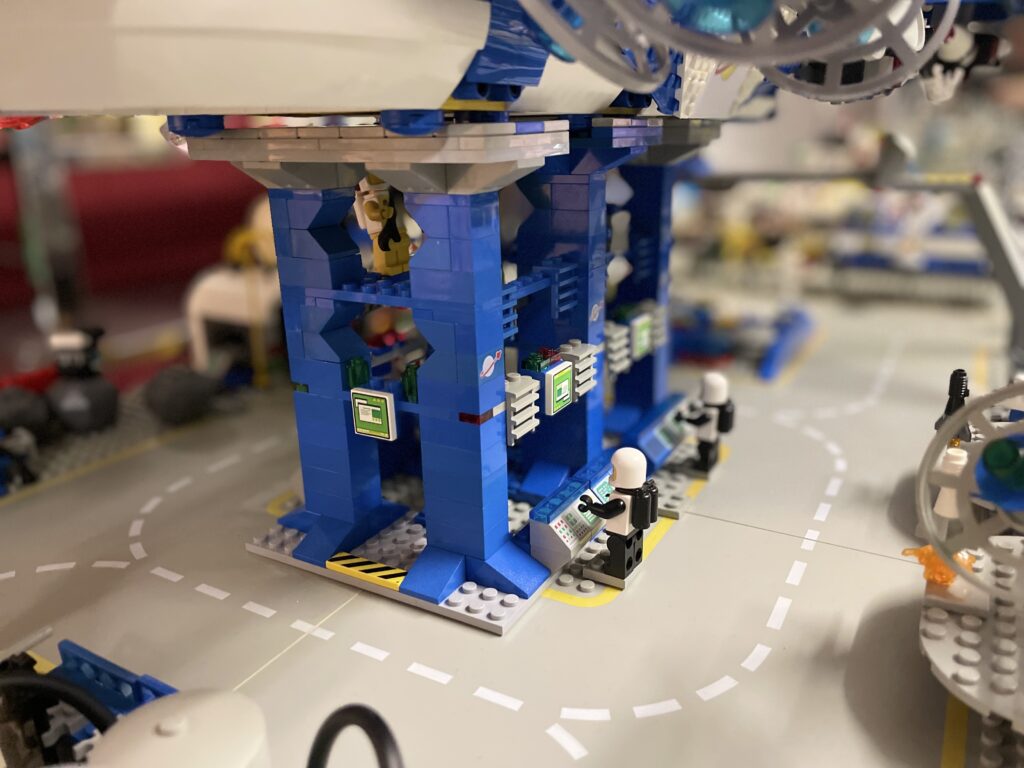
Thruster calibration
Thruster calibration is one of the most time-consuming tasks and can take several months. LD-class engines are extremely powerful, but must be properly tuned to perform at their peak.
Below the facility, you can clearly see the spare parts store in which special components for the LD class are ready to be replaced, e.g. defective parts.
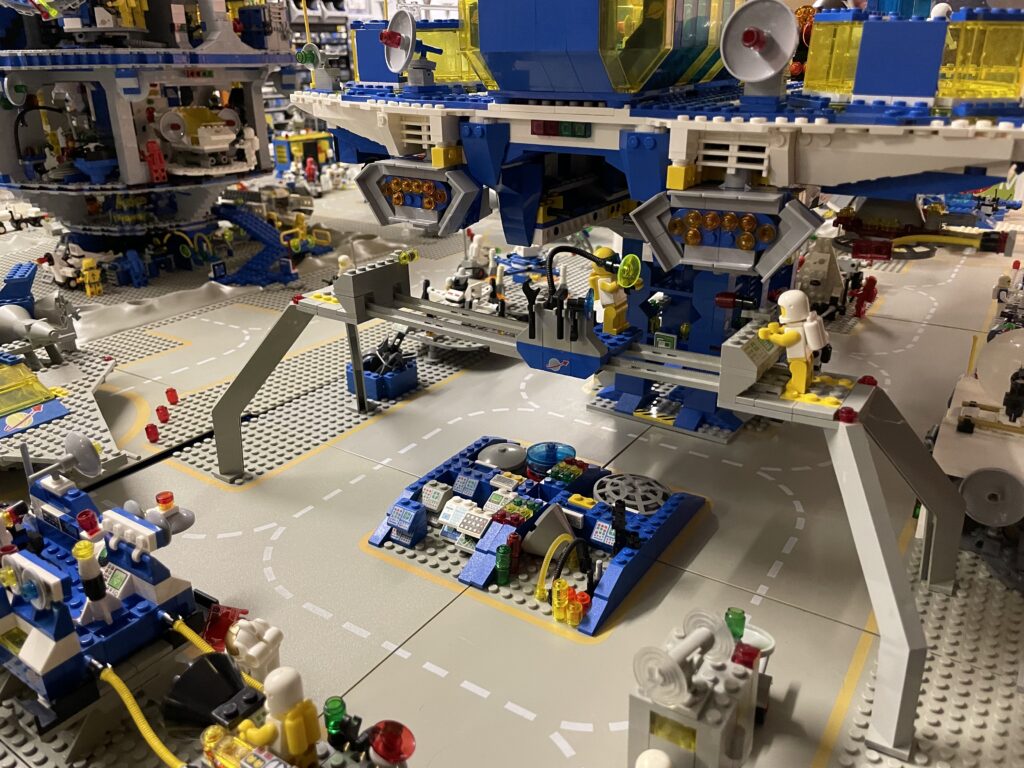
Staging Facility PlanetaryLab
The PlanetaryLab is put into operation here and every single function and instrument is tested again.
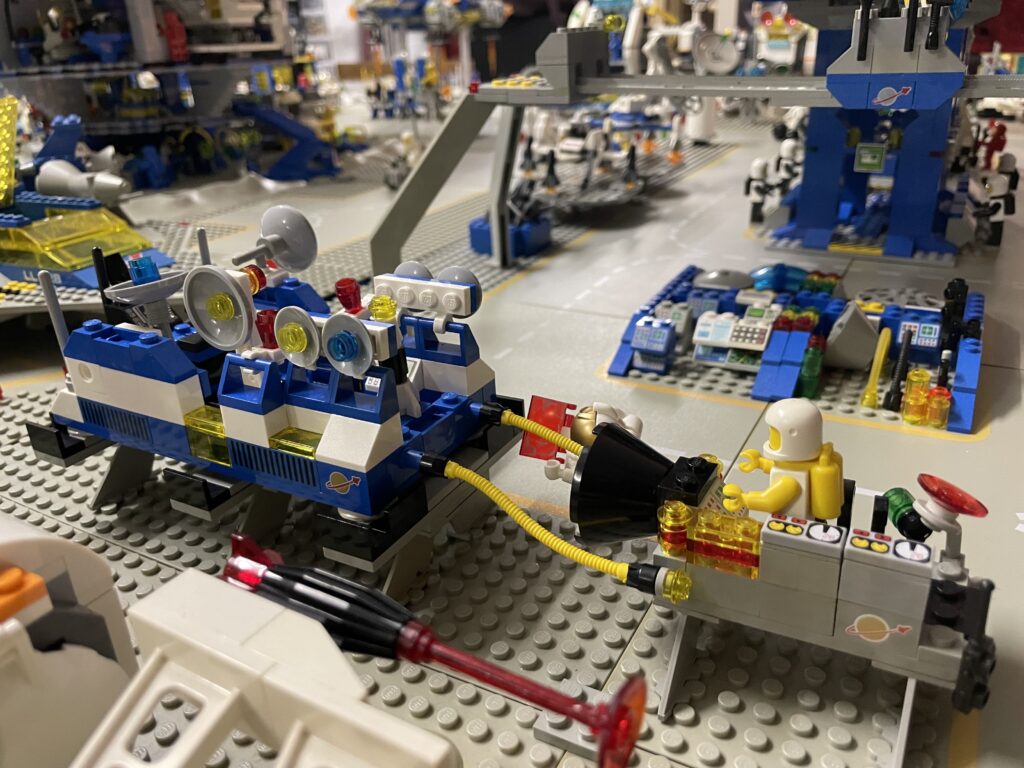
Working drones
The dry dock also uses working drones that can transport larger items, such as a radar dish, to the desired location.
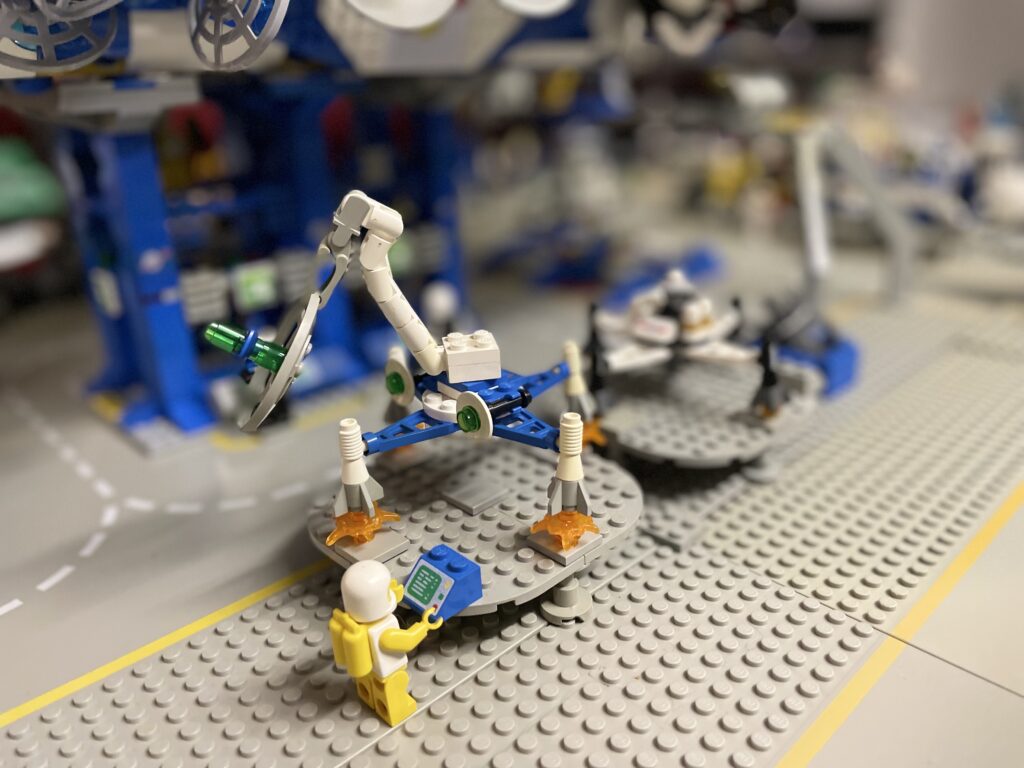
Work on the spaceship
Depending on the results of the diagnoses in the dry dock, the respective instruments are repaired, adjusted or put into operation for the first time.
Scan ships
The scan ships check the structure of the spacecraft again for material defects etc.. For this purpose, the special X-ray lamp on the scan ship as well as the radar antenna under the scan ship are used. Thus, a comprehensive material inspection is performed on the entire spacecraft.

Maintenance Technician
The technicians check and repair the individual instruments and devices, so that slowly but surely the LD-2307-XR can be handed over to its crew and the 5-year exploration mission can begin.
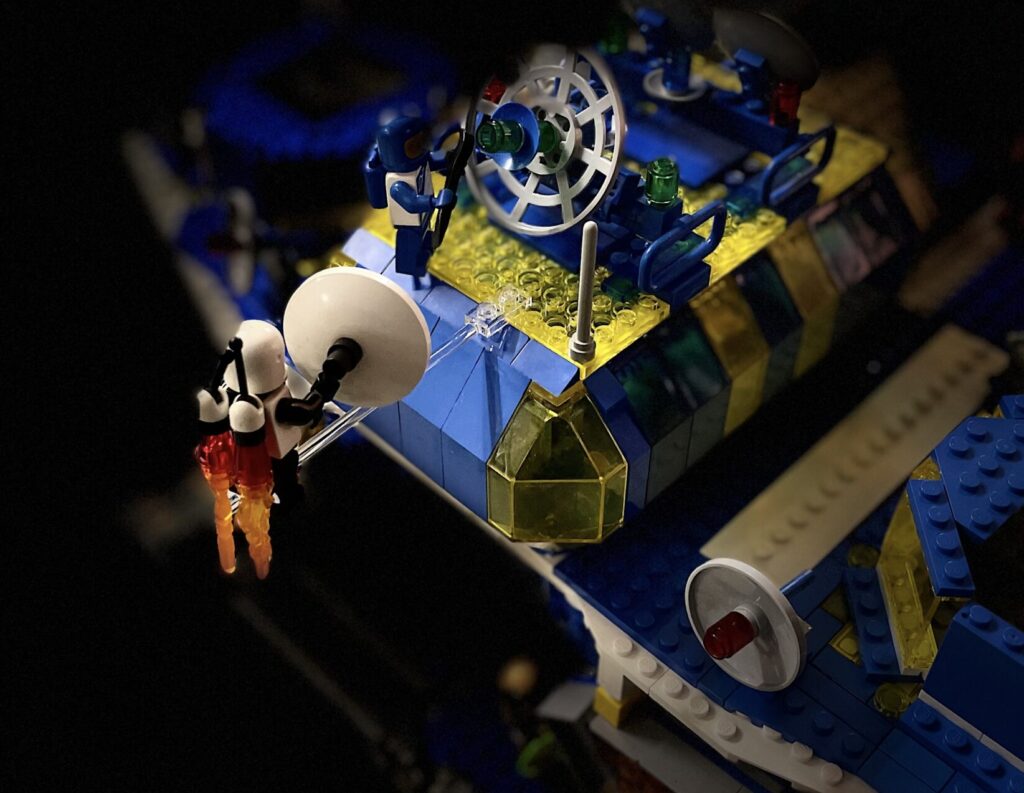
Operation space port / maintenance units
For the operation of the space port and for the maintenance of the space fleet, a wide variety of vehicles, including tanker trucks, repair vehicles and scanning ships, are available to maintain and repair the spacecraft and ground vehicles of Epsilon Base. This work is mainly coordinated from the maintenance center.
Maintenance center
The various maintenance activities on Epsilon are coordinated and organized in the maintenance center (always in consultation with headquarters). Here, tools and vehicles are stored, but there are also material laboratories, test centers, repair centers, etc., which provide the necessary technical and engineering-scientific expertise for the maintenance of the space fleet and ground vehicles.
A primary responsibility is to coordinate and execute equipping and staging the LD class for its 5-year trip.
Sets 60350 und 60227 were mainly used for the maintenance center.

Maintenance & Service Vehicles
Of course, Epsilon Base also uses the Mobile Command Trailer, which is the maintenance vehicle of choice here.
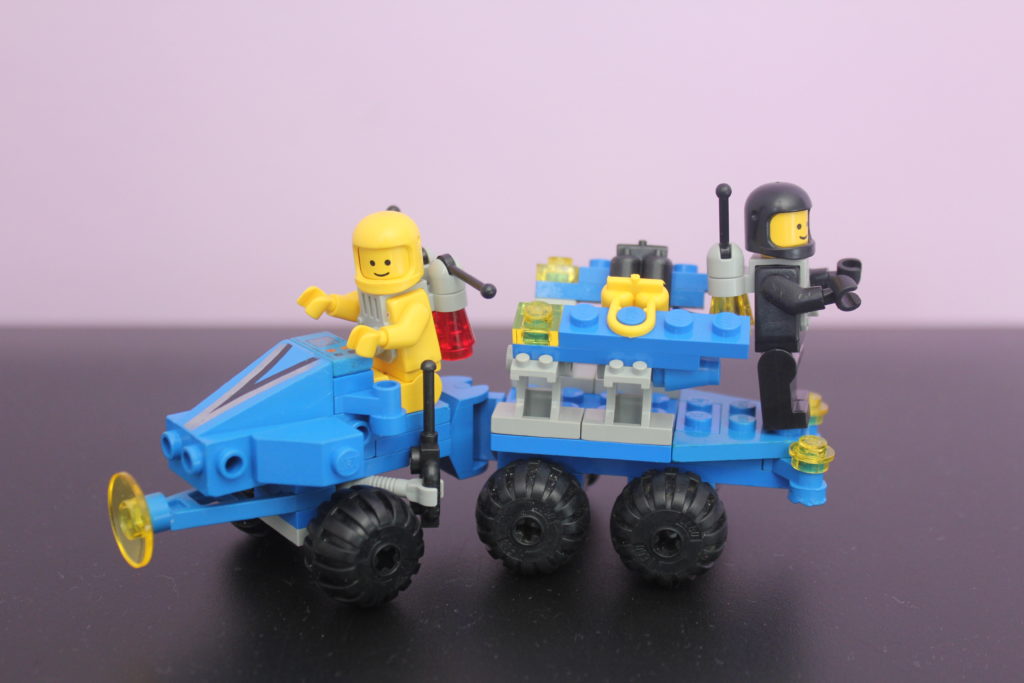
Other maintenance and service vehicles are in operation at Epsilon:
- small transport vehicles for spare parts and tools
- tank trucks (partly autonomous)
- scan ships

Geology / Astronomy Lab
To support the laboratories in the command center, a geology and astronomy laboratory has also been set up.
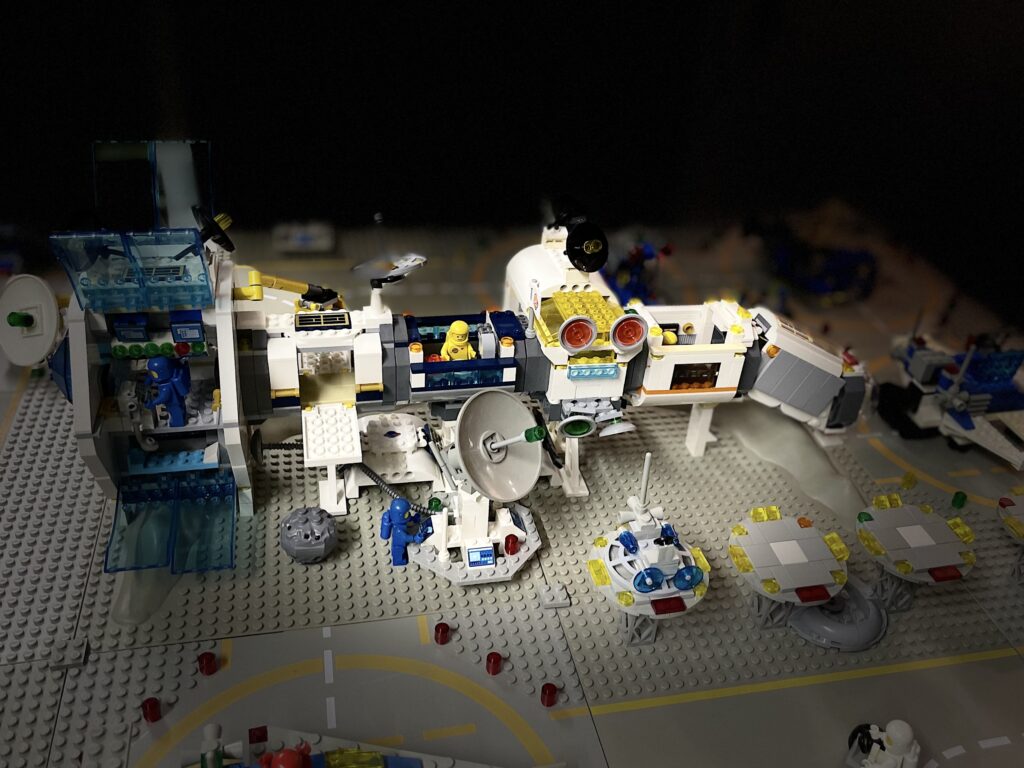
The large station is used for astronomy, from here the various antennas are controlled in coordination with the central station and the results are evaluated. The goal is to optimize the travel plan of LD-2307-XR once again and to identify worthwhile targets, but also to avoid possible dangers in advance.
The smaller stations are mainly for geology / planetology and analyze soil samples from various missions.
The station is based on the sets 60349, 60348, 60350 and 60227
Heavy Lift Rockets
At Epsilon Base, the new heavy lift rockets are used for the first time. In contrast to the normal rockets, which are mainly used to build up an infrastructure and to launch probes within a star system, the heavy-lift rockets are intended to transport large quantities of ores and raw materials to the solar system. The two systems on the Epsilon Base are the first test of the interstellar rocket system and therefore no payload is transported yet. One must see first whether everything works out in such a way. Here on Epsilon two variants are tested. Each launch pad has its own independent control center to ensure safe operation. In addition, each control center can stand in for the other if necessary, so that safe operation is guaranteed.
At the moment, the two systems are being prepared for the first test flight:
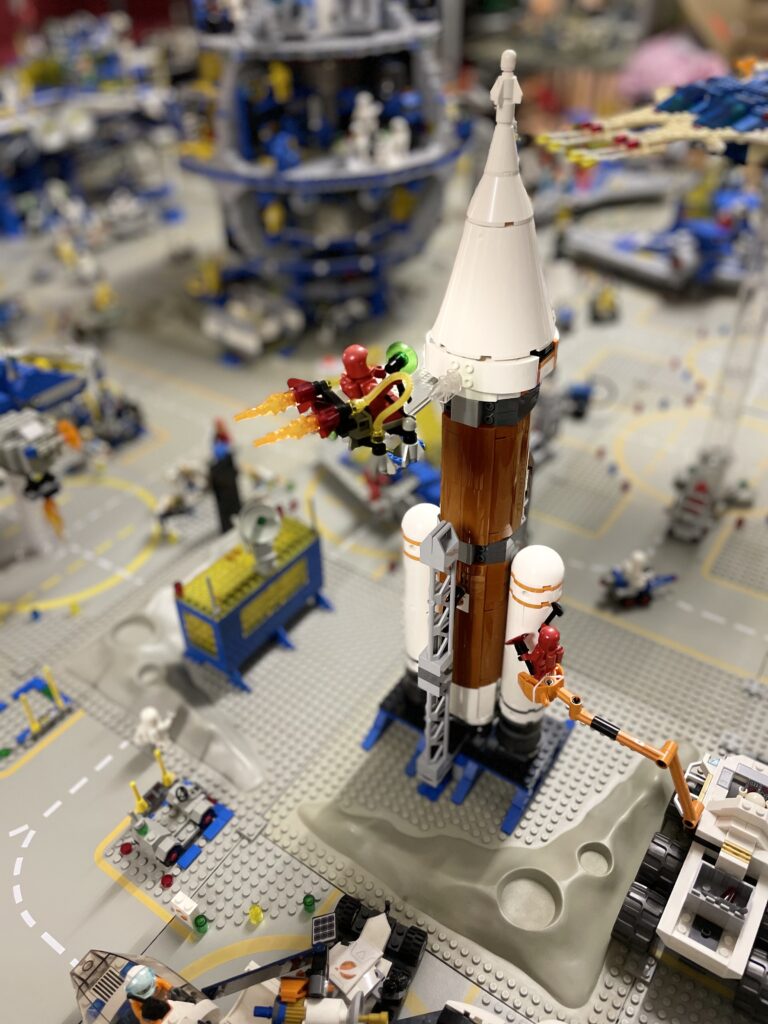
On Launchpad 1 is the Heavy Lift version, which can carry a large payload under its white payload fairing. This system can in principle carry larger loads, but is slower in final speed.
Set 60228 was used for the rocket and the launch tower, the control station is self-made, the maintenance vehicle comes from Set 60225.
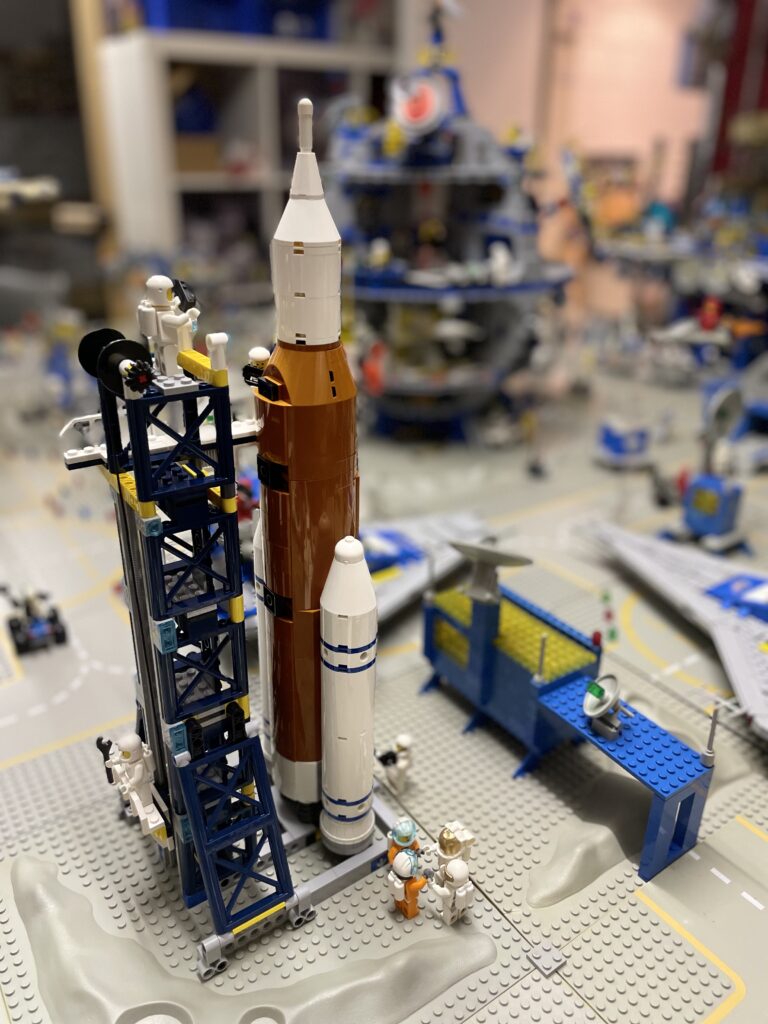
On Launchpad 2 is the Medium Lift version, here smaller quantities are transported, but the rocket reaches a higher final speed.
At the moment, it is still completely unclear which path is the right one or even whether both systems will be put into operation. Therefore, extensive tests are necessary, which will be carried out at the Epsilon station.
For the rocket and the launch tower the Set 60351was used, the control station is self-made.
Space fleet
The space fleet at Epsilon Base represents a cross section of diverse spacecraft, as the intent is to quickly explore the Tau Ceti system and then either organize the exploitation and return of minerals and raw materials or abandon Epsilon Base and the system.
At the moment on Tau Ceti e are in operation:
Exploration
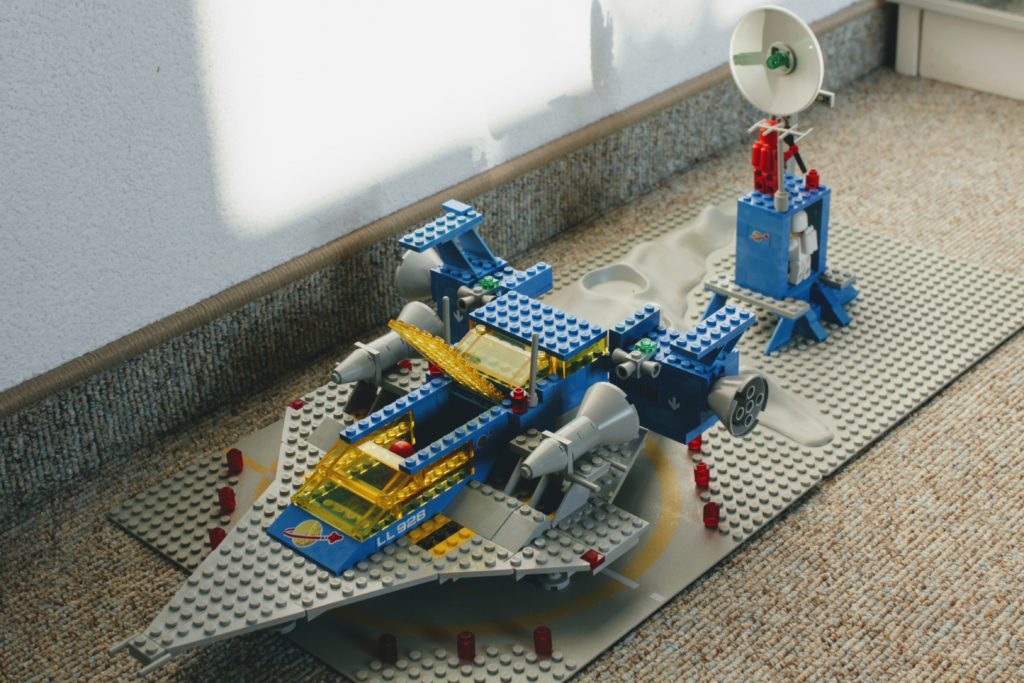
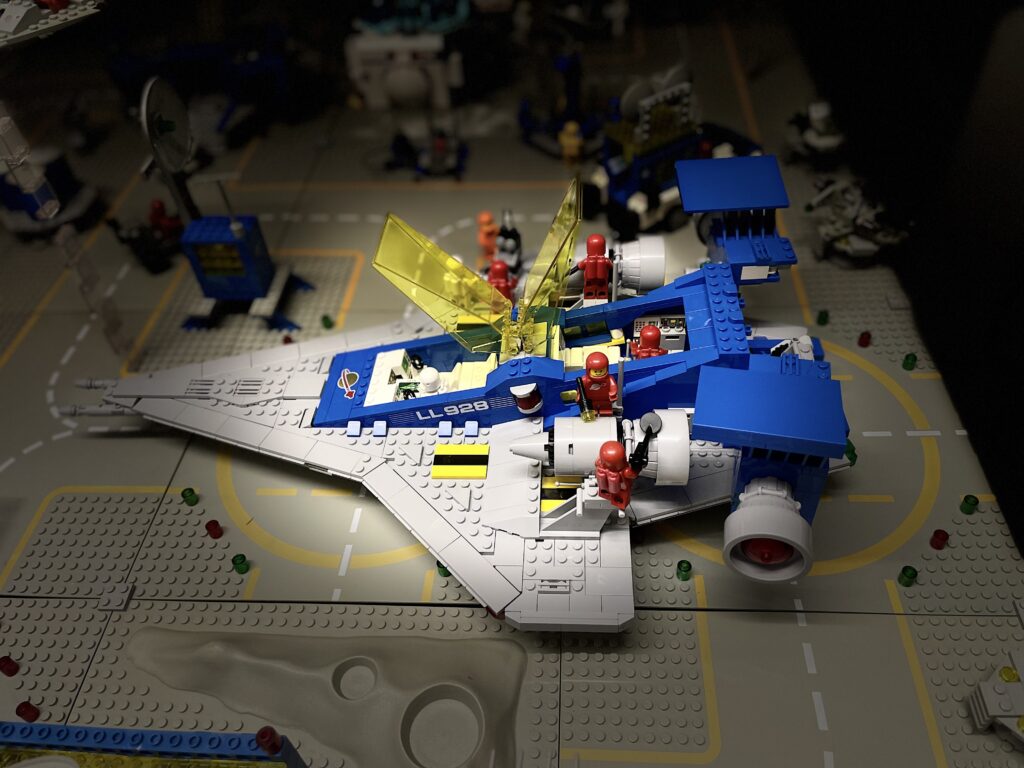
The 2nd generation of the LL-928 is tested here for the first time in real operation. The first impressions show that this generation is more powerful and can collect more material and data faster, but it is also considered to be more prone to failure and maintenance-intensive. The larger crew is also a boon, however, as more and more complex tasks can be completed.
Of course the LL-928-2G is the Set 10497!

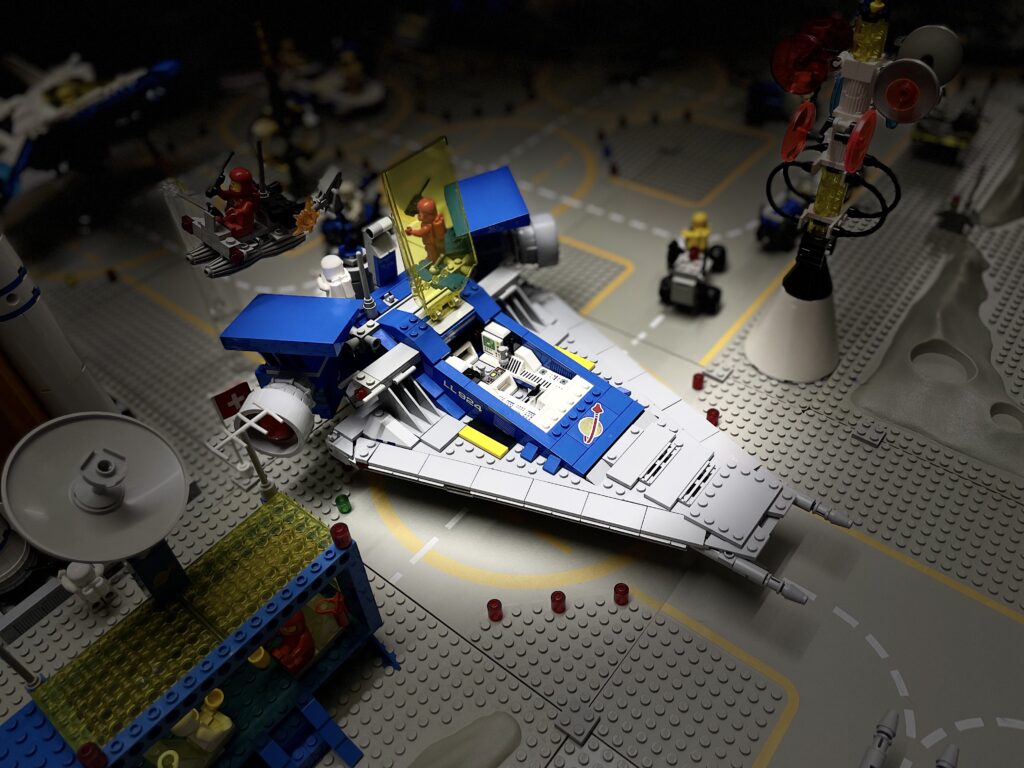
The 2nd generation of the LL-924 series is also being used for the first time on Epsilon and impresses with its larger cargo capacity. However, the teething troubles of a higher susceptibility to faults, which leads to frequent failures, are also apparent here.
The LL-924-2G is based on set 10497 and was built according to the instructions from the manufacturer, with some very minor deviations.

Since there is a large debris disk in the Tau Ceti system, a Comic Cruiser was ordered to Epsilon Base to explore the various asteroids.
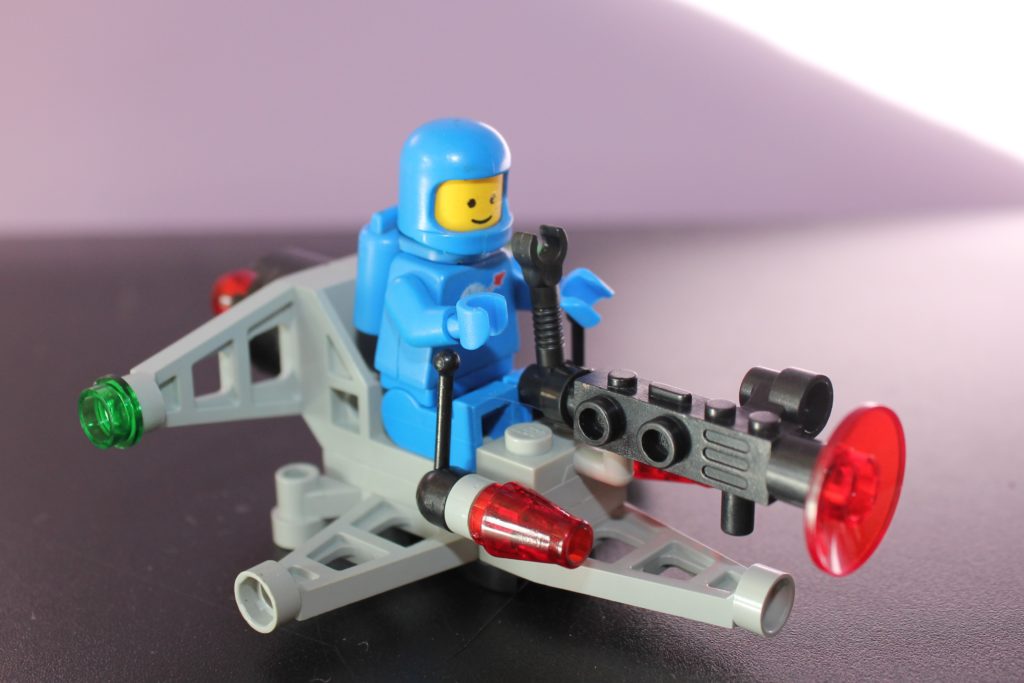
The Astroid Daher is used in particular in the Kuiper Belt and in the debris disk of Tau Ceti and is nevertheless brought one of the LL-928 to the target location.
Geology / Planetology
As in any system, of course, geology / planetology plays a major role, since the ultimate goal is to find raw material deposits for exploitation.
Eagle incl Observationlab
The Eagle as a large payload transport is of course also stationed on Epsilon. In addition to the payload transport, the first task in this phase is to fly the ObservationLab to the respective locations and to pick it up again.

The ObservationLab is used in the Epsilon system primarily on Tau Ceti b and c to confirm deposits and provide baseline information for subsequent mining.

The Moon Bugs is used in Tau Ceti especially in the debris disk, but is also part of an expedition to explore a deposit if needed. Its flexibility makes the small vehicle a popular expedition member.
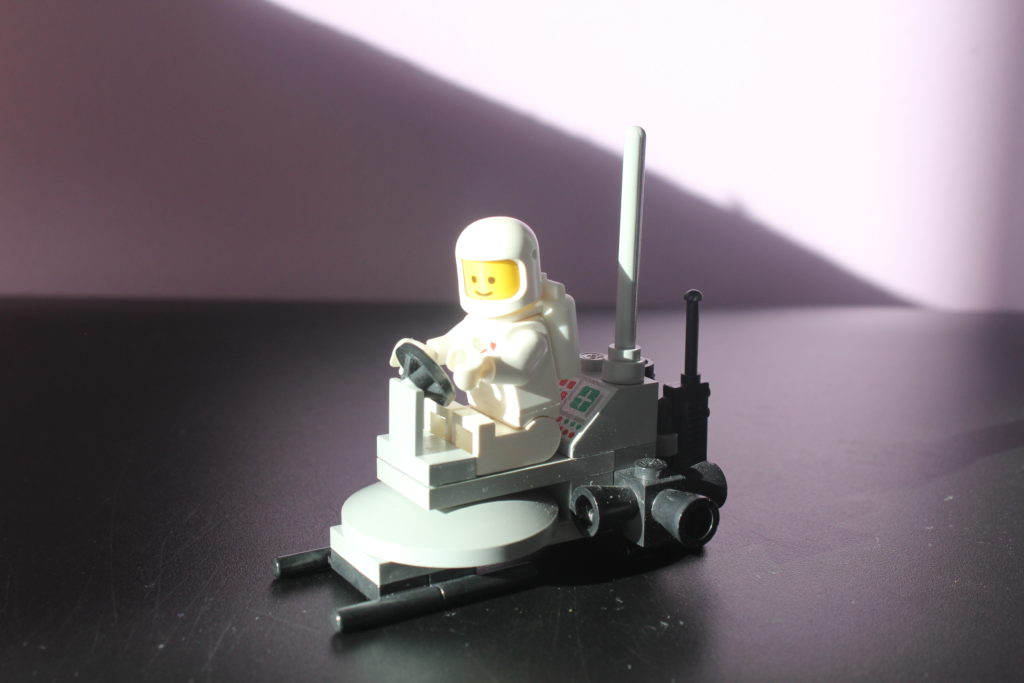
Cryosphere
For the ice patrol on Epsilon two new spacecraft types are used, which are in operation here for the first time after their certification. The main target is Tau Ceti f, which has proven to be a very cold planet with an average temperature of -50C. On Tau Ceti f’s ice deserts, the ice patrol searches for mineral fields that are suitable for mining.
IC-915-SR
The IC-915-SR is based on the standard XL-15 model, but has been equipped with new microwave radar and skids, among other features. In addition, the small loading space allows samples to be collected by means of the skid and analyzed on site.
Of course BUZZ LIGHTYEARS RAUMSCHIFF XL-15 – SET 76832 – was the inspiration for IC-915-SR.
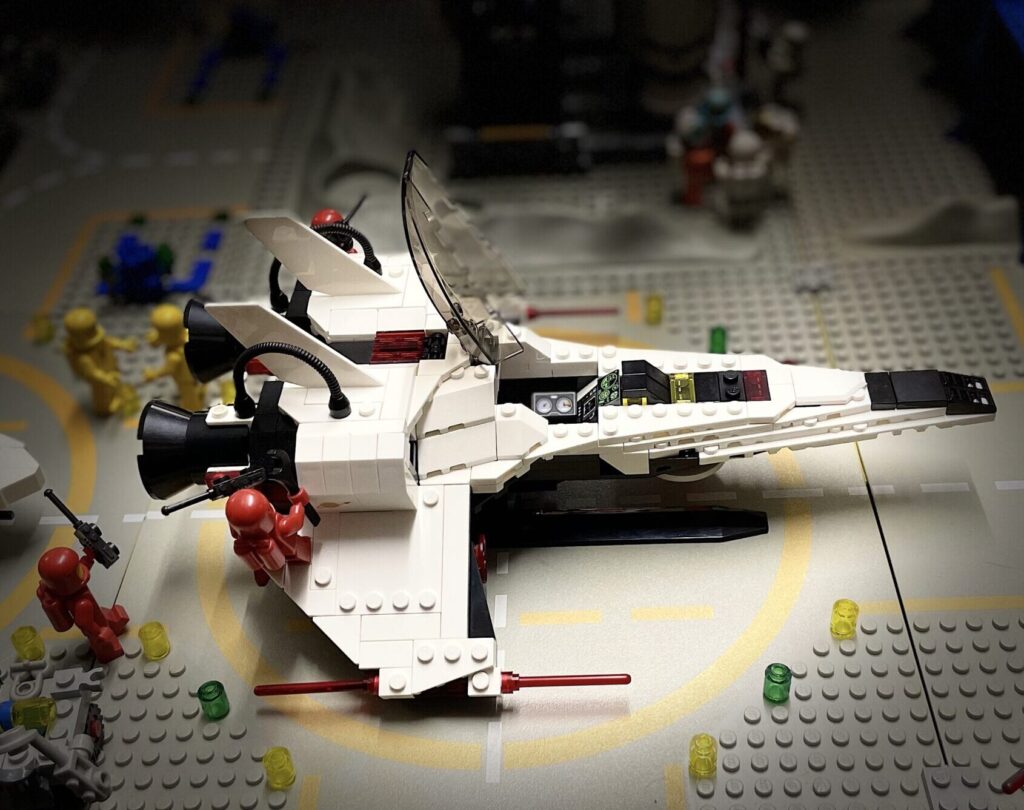
The XT Starship is also deployed on the vast ice expanses of Tau Ceti f, mapping the areas and preparing for the other spacecraft’s deployments.

Ice-Ranger
The Ice-Ranger is an ice vehicle of the latest generation and is also used to explore the large ice fields. Most of the time the Ice-Ranger follows the XT- Starship to scan possible target areas even more precisely. The latest generation ground penetrating radars provide a very high resolution, but have limitations in the scanning range.
The basic construction plan is from the Landspeeder from the set 75290 (Mos Eisley Cantina)
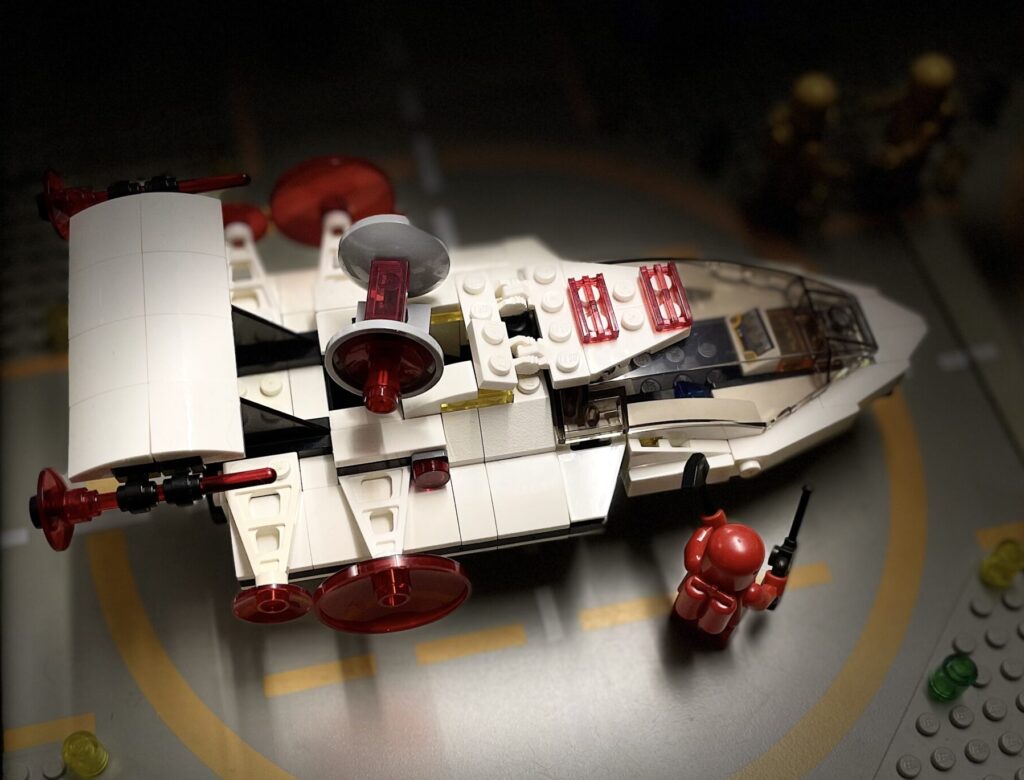
Atmospheric Research
During the initial exploration of the Tau Ceti system, the long-suspected Super Jupiter was found, and with it a small unit of atmospheric reefing starships was stationed on Epsilon.
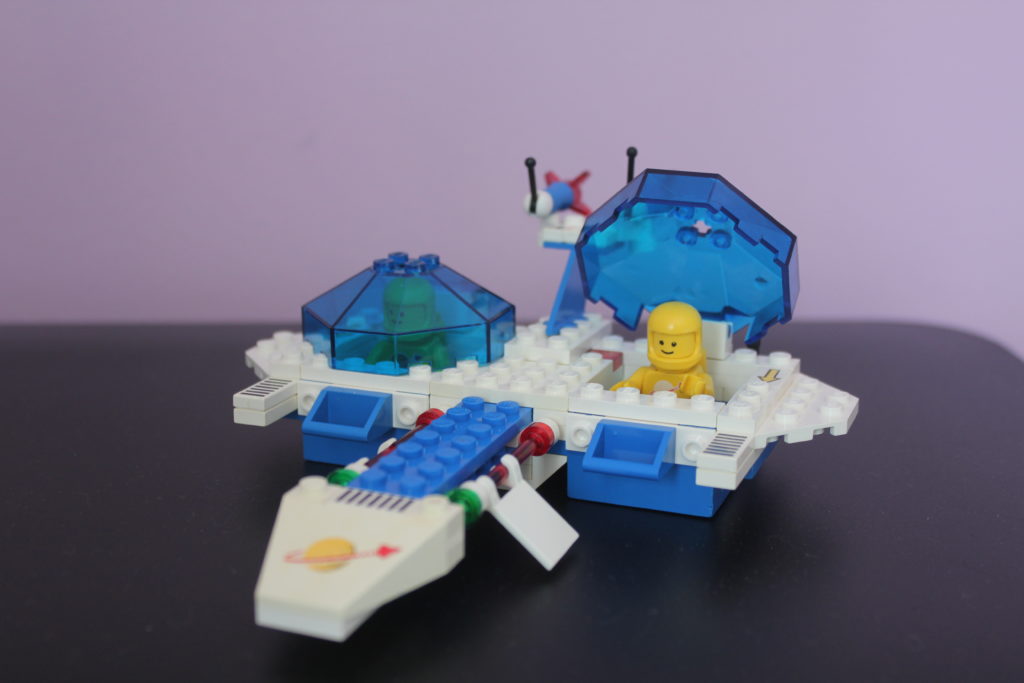
Together with the Xenon X-Craft, the Twin Starfire is used to explore the Super Jupiter, e.g. to find and mine deuterium for the fusion power plants.
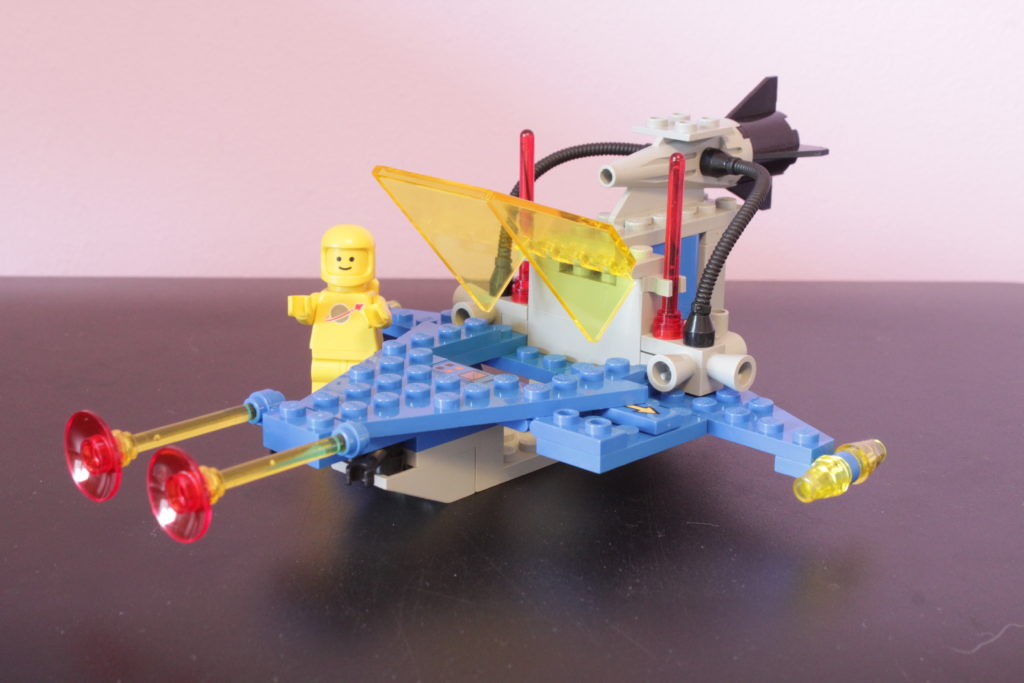
One has provided on Epsilon only a small fleet for the atmosphere research, since one does not expect much from the super Jupiter. But the Xenon X-Craft had delivered interesting data on one of its last expeditions mature in the gas giant, which provide straight in the command center for excitement. Possibly it needs still more atmosphere researchers than thought.
Biosphere
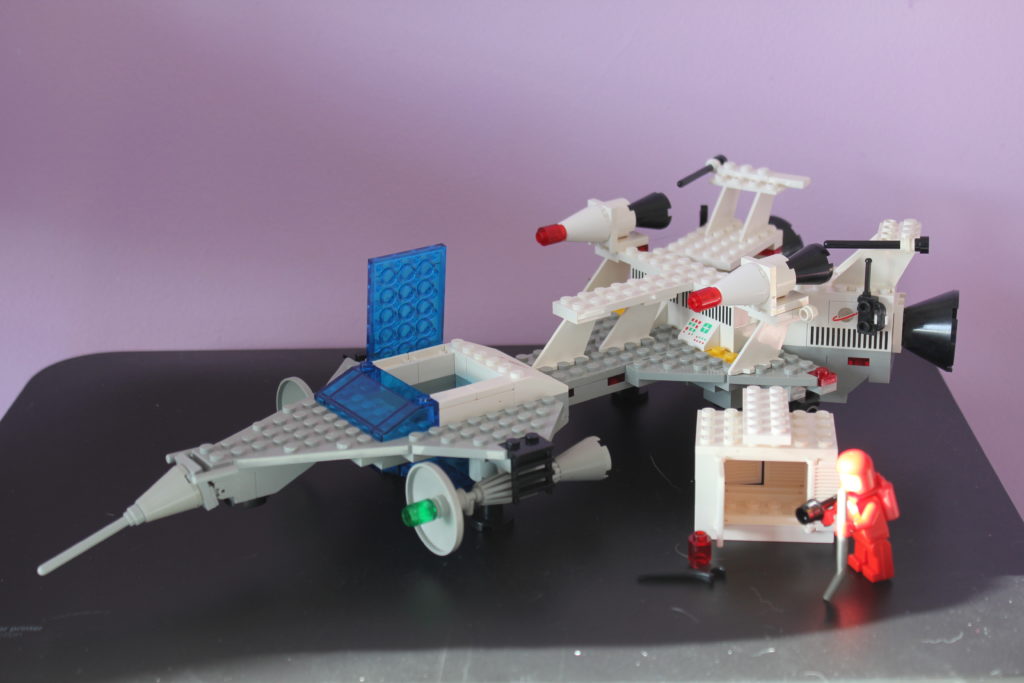
On the Epsilon base the Starfleet Voyager is not operated in its Search & Rescue Configuration but is used for the search of bio-signatures. Due to the structure of the Tau Ceti system there is the possibility that primitive life has developed or still exists on the planets, asteroids and Kuiper objects. Therefore the Starfleet Voyager is used to search areas for biosignatures in order to avoid contamination.
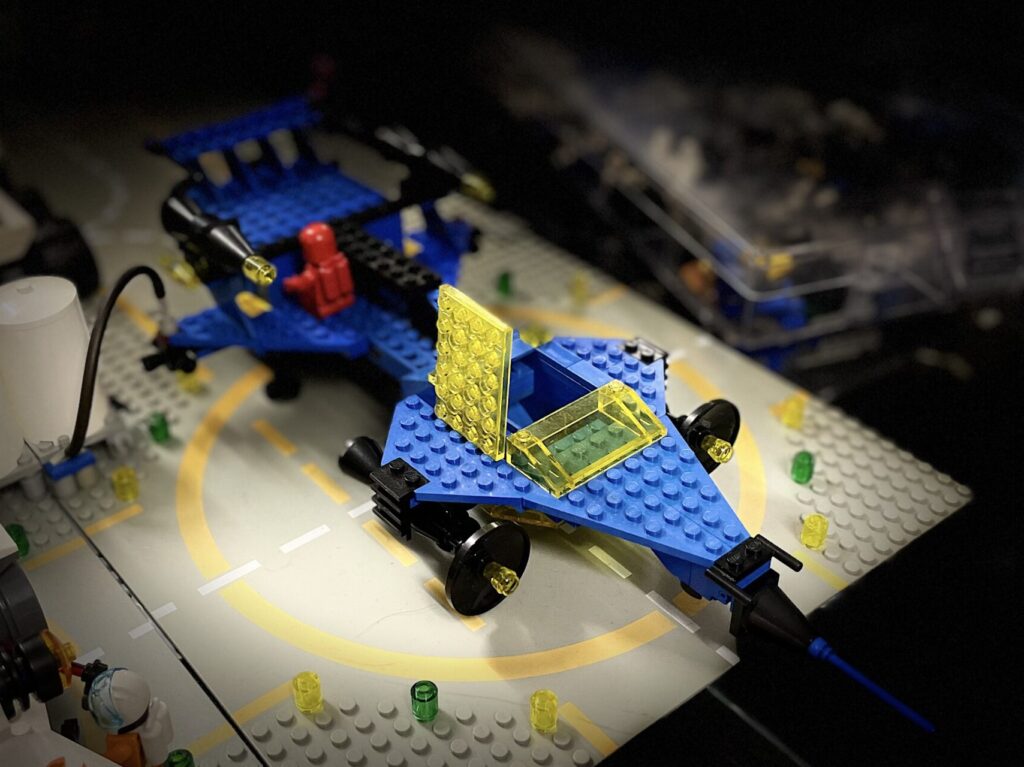
Starfleet Voyager XR
The eXtended Range version of the Starfleet Voyager was specially deployed for the Tau Ceti system in order to get a quick overview of possible biosignatures during long reconnaissance flights throughout the system. The XR version is capable of conducting large scale soundings on the planets from low orbits. The “danger” that Tau Ceti may have produced primitive life is considered too great. Therefore, the XR should provide a first overview quickly.
Utility
The LL-91x class transporters are used for fast courier and transport flights between Epsilon Base and various outposts and expeditions in the system. Time and again, missing equipment must be flown down or rock, ice, water or gas samples must be transported as quickly as possible to the laboratories on Epsilon.

The LL-918 is used here classically as a fast transporter for various outposts.

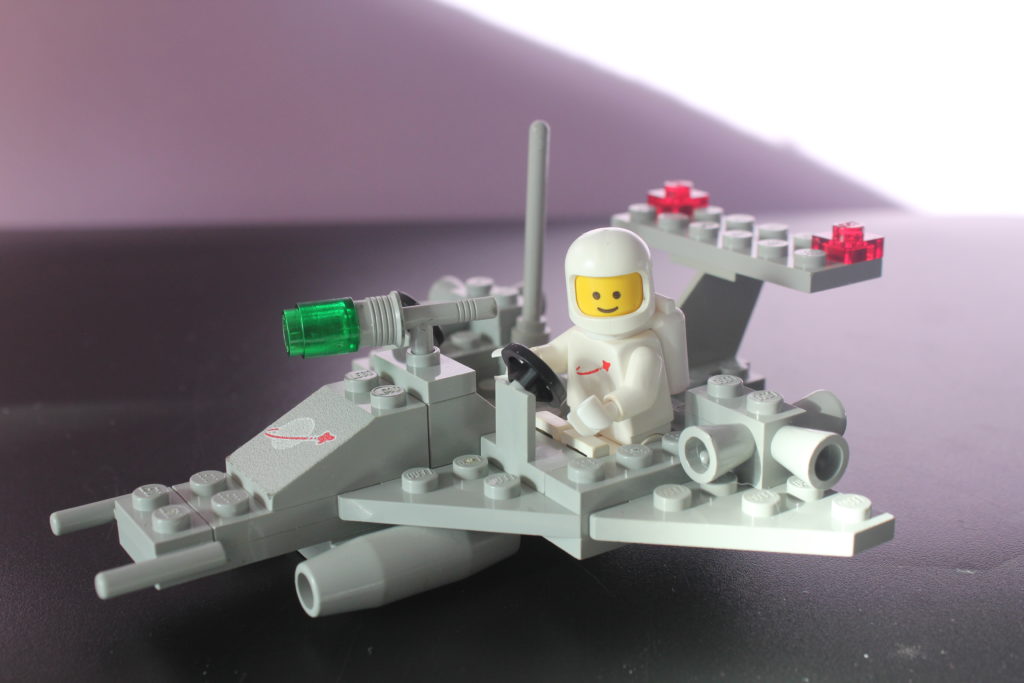
The popular TwinShuttle is also used on Epsilon, especially to reach the various outposts on Tau Ceti e quickly.

The Small Space Craft Shuttle is also used in the Tau Ceti system, but here more also as a courier plane between the individual teams operating in the debris disk.

The Surface Hopper is mainly used on the Epsilon station as a maintenance / repair unit, e.g. to inspect the large heavy lift rockets for cracks.

Two Space Diggers are stationed on Epsilon, because there are always loads to be transported and therefore one can never have enough of this practical small aircraft. One is damaged at the moment and is being repaired in the command center on the maintenance deck.
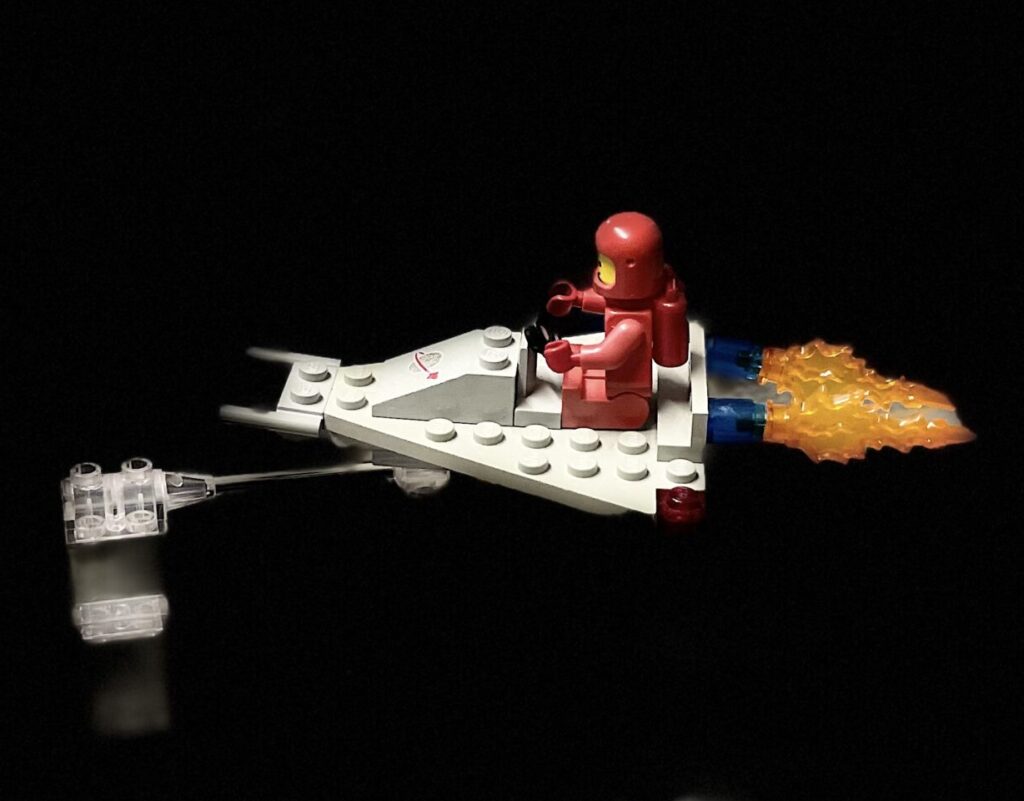
Used here as a fast courier e.g. between Tau Ceti e and the many small asteroids of the debris disk.
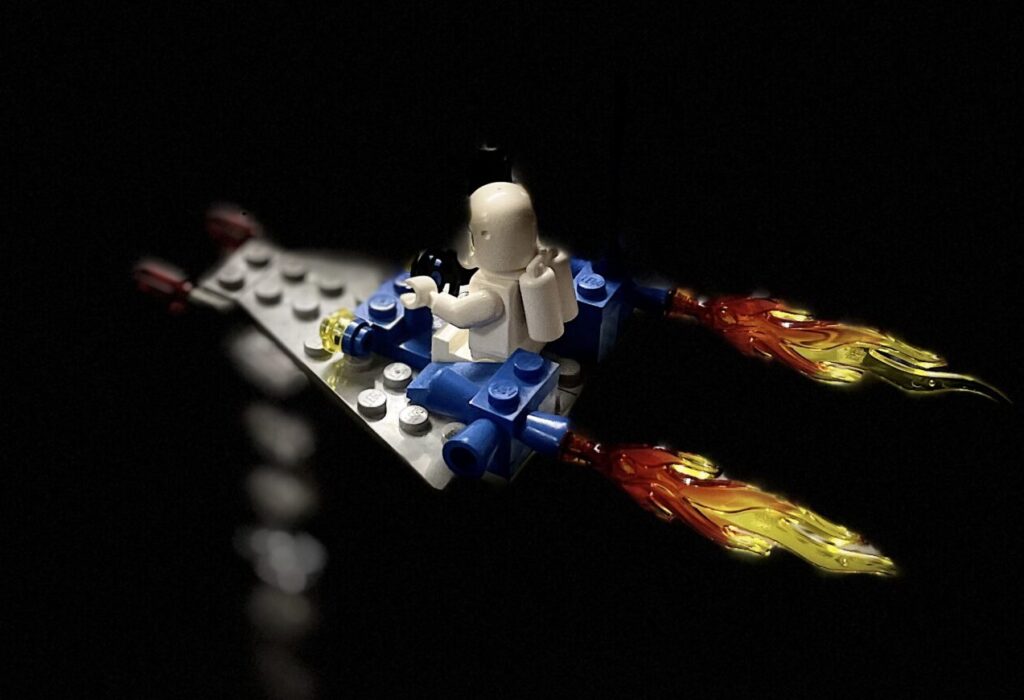
The modern variant, the Space Patrol, is also in service as a courier craft,
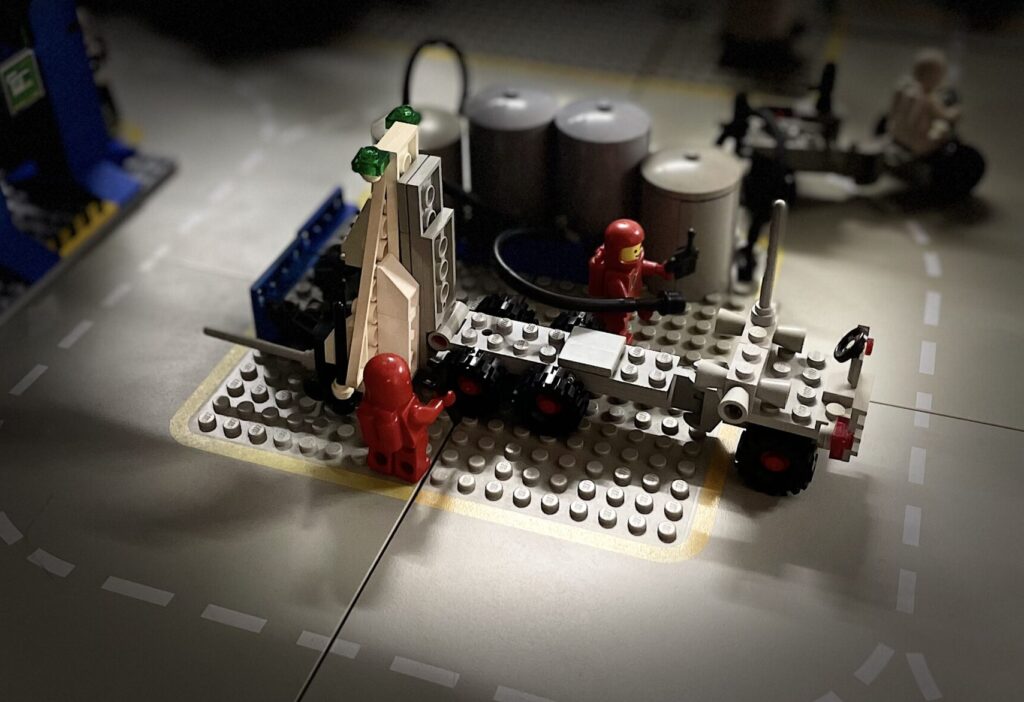
Because of the large debris disk in Tau Ceti, several meteorite impacts were expected, and therefore a Space Probe Launcher was stationed on Epsilon Base. However, it turned out that there is no need for it, so the system will be reconfigured and possibly used as a planetology ship.
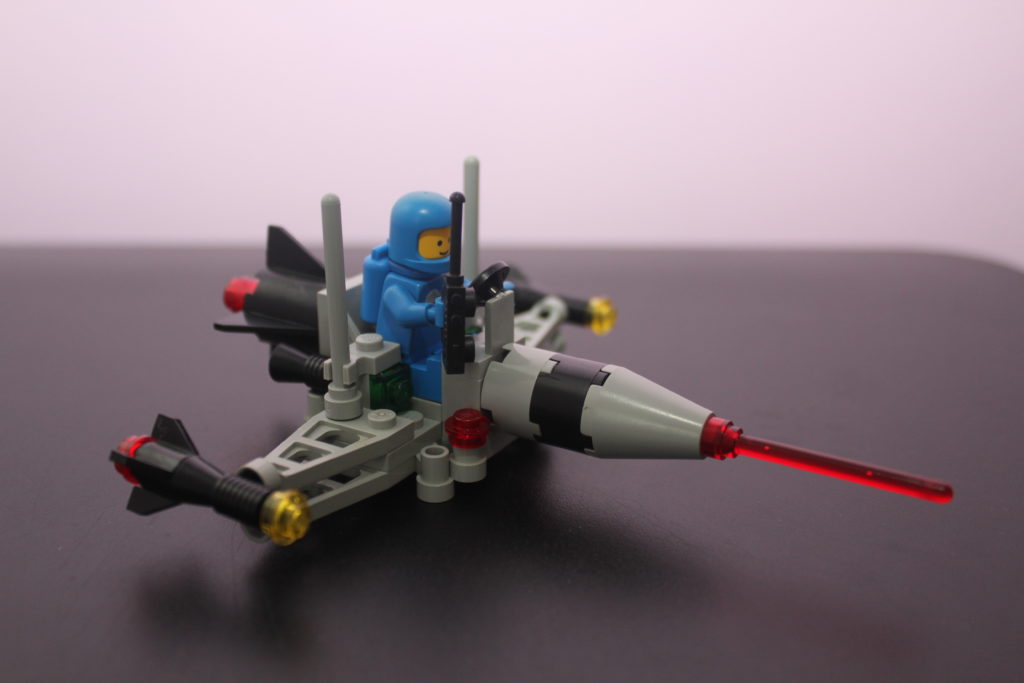
The Space Dart is also used as a fast courier aircraft, e.g. it is brought to Tau Ceti f when several expeditions are on their way there. Its bad weather capabilities make it ideal for missions on Tau Ceti f.
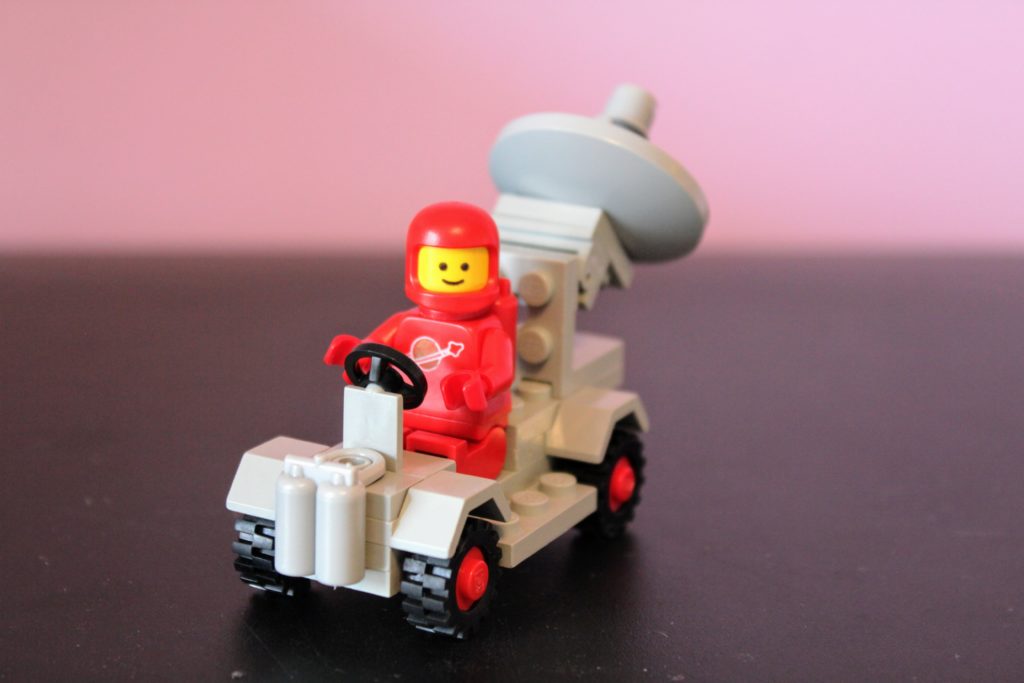
The radar truck is also used on Epsilon and primarily helps with approach control of the Eagle.
Hazard-Team
The Hazard Team is on standby in case of serious accidents or crashes, especially if toxic or radioactive substances are released. Because this can happen again and again despite all caution, there is at least one spaceship of the Hazard Team on every larger base.
For Epsilon Base a FX Star Patroller has been sent to Tau Ceti. Fortunately, there is little going on so far.
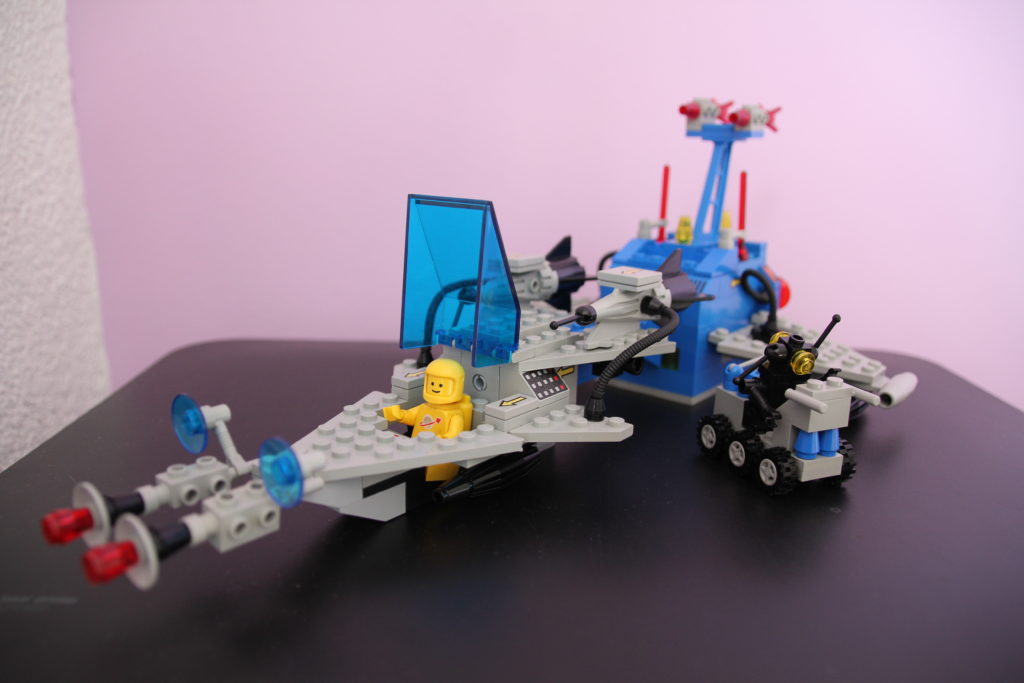
Black-Ops
The Mars Shuttle was sent to Epsilon Base by the Martian government, hence the name. The local Mars government has an agreement with the Exploration Cooperation that allows them to station their own spacecraft and crews on the stations. What the Mars Shuttle does is not known, Mars is silent about it … Together with the shuttle was also taken an auxiliary vehicle that helps with loading and unloading.

XL-15-EXP
A slightly modified version of the XL-15 , equipped with special antennas (?), was also stationed on Epsilon. What exactly this XL-15 variant does here is unknown, the command center does not give an answer.
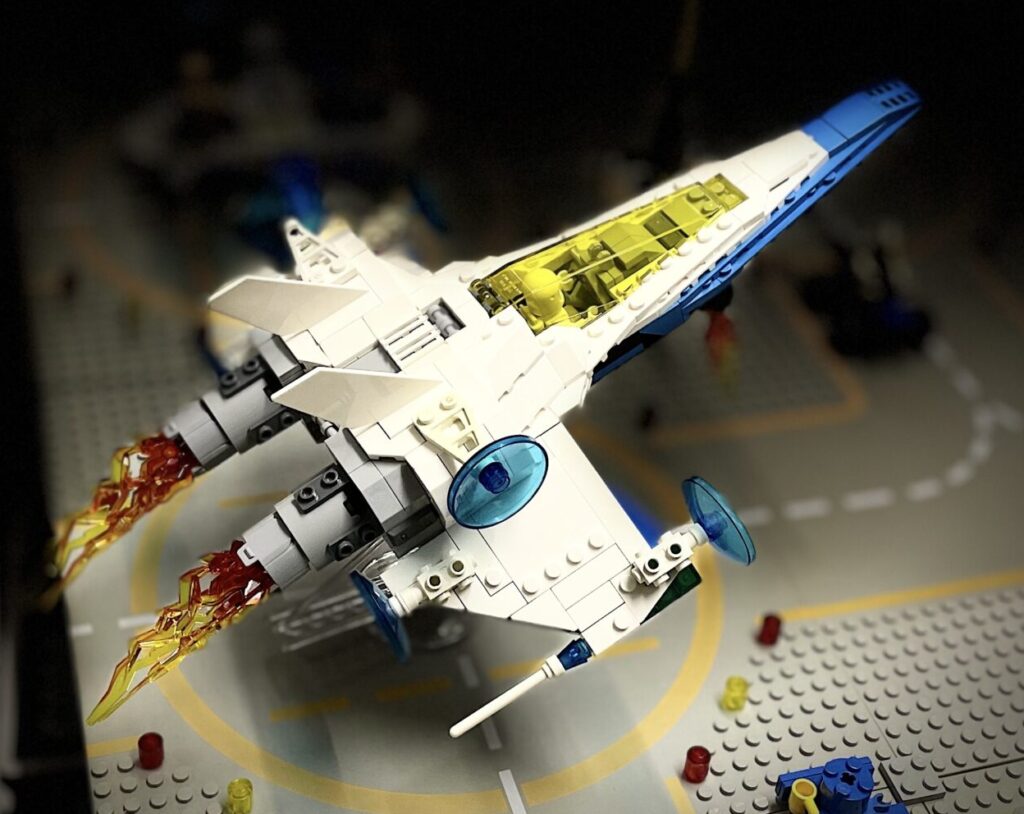
Ground vehicles
Only a few ground vehicles are in operation at Epsilon Base. The ground vehicles are primarily used on Tau Ceti e in the vicinity of Epsilon Base.
In the first phase, the ATV will be used mainly in the vicinity of the Epsilon Base. Epsilon Base was built on a large plateau near the equator. This plateau itself has been identified as a potential deposit of many interesting metals.
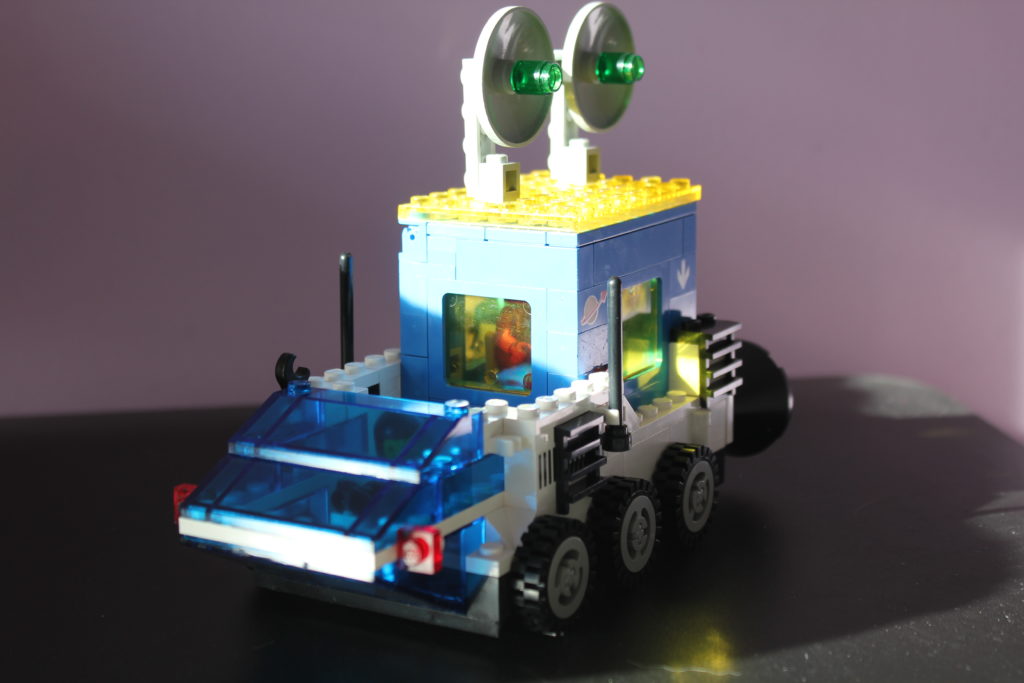
Of course, a Mineral Detector is also in use on Epsilon. In the first phase, the mineral detector will be used near Epsilon, but soon it will be used on other planets and asteroids by means of the LL-928 units.

Together with the ATV, the MD-II usually goes on reconnaissance trips near the Epsilon station.
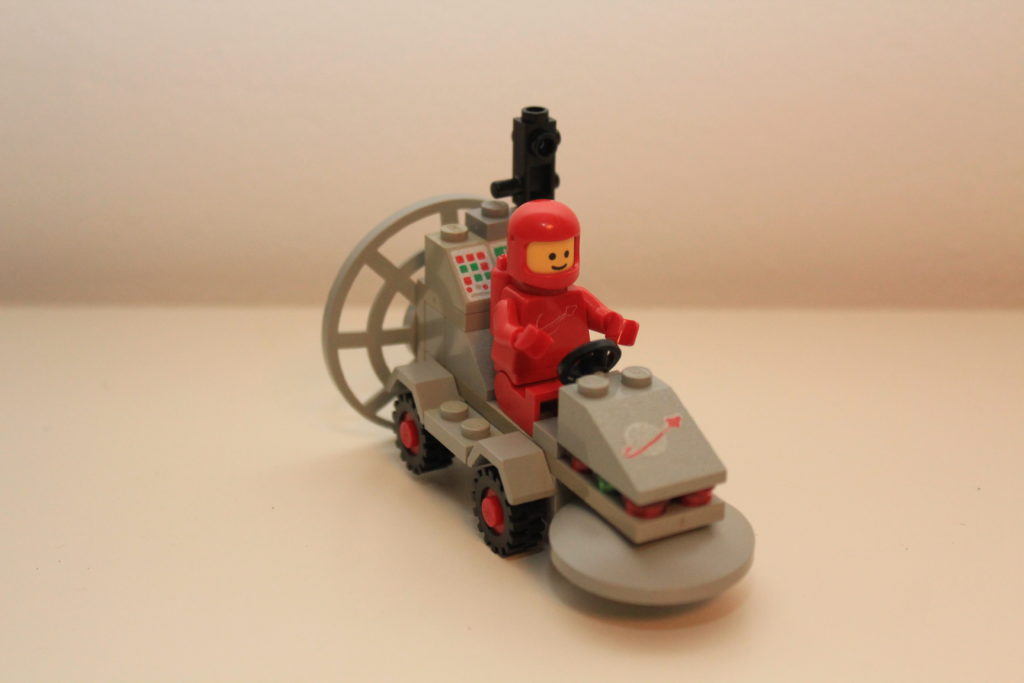
Other ground vehicles
There are many more ground vehicles in use at Epsilon Station:
- Many Small Space Buggies and Surface Rover to move around the Base
- the Shovel Buggy, Surface Transporter and Crater Crawler to support the larger ground vehicles during expeditions outside the Epsilon Base.
